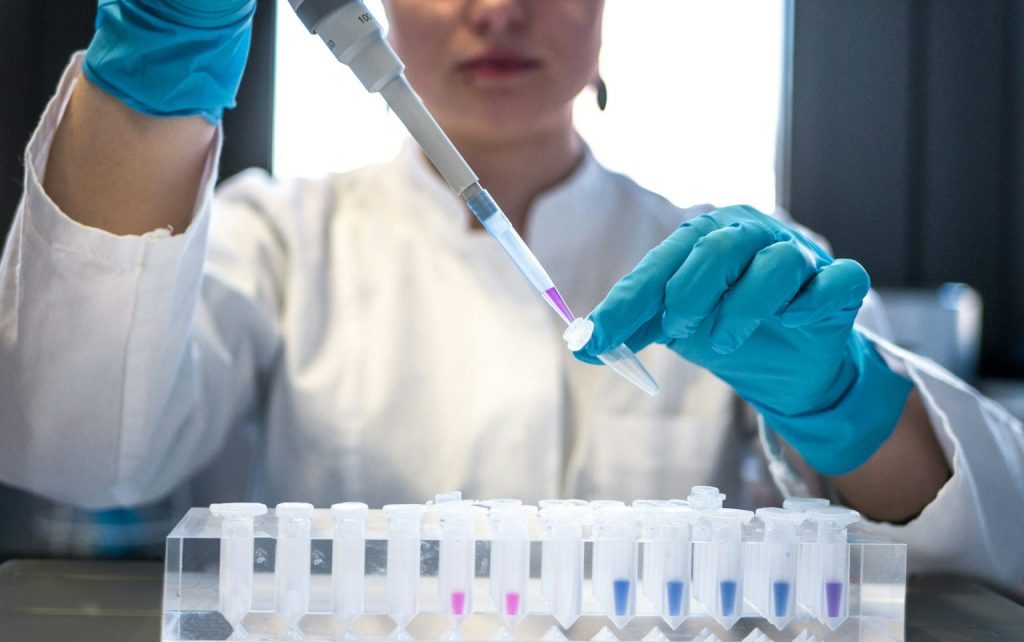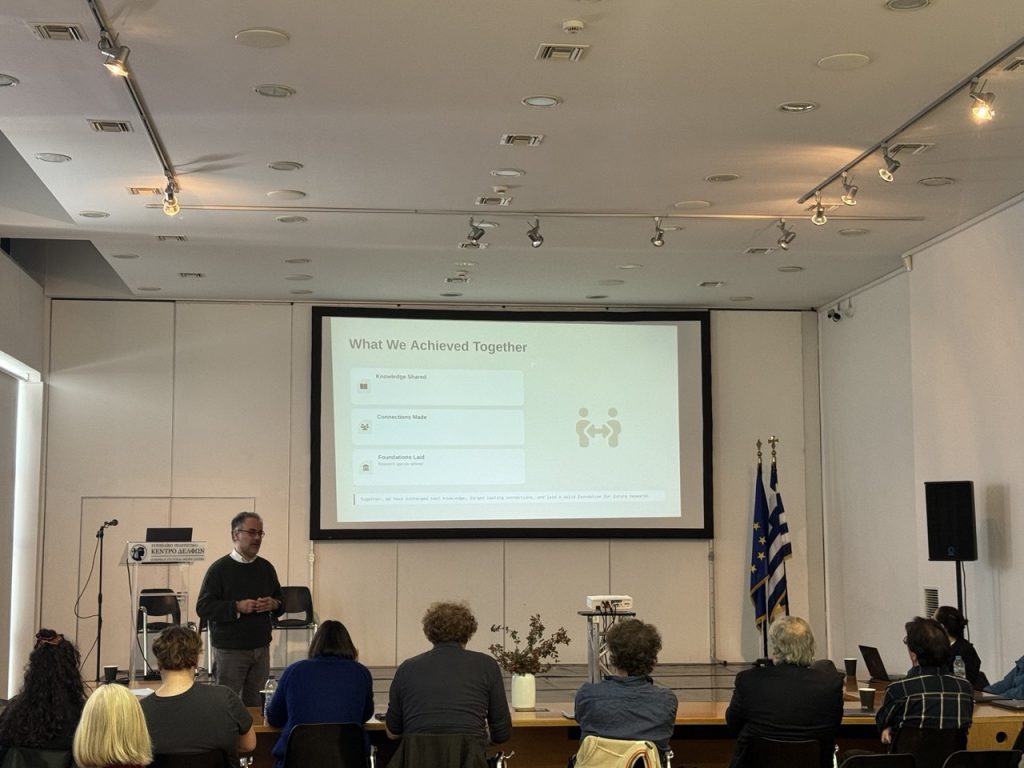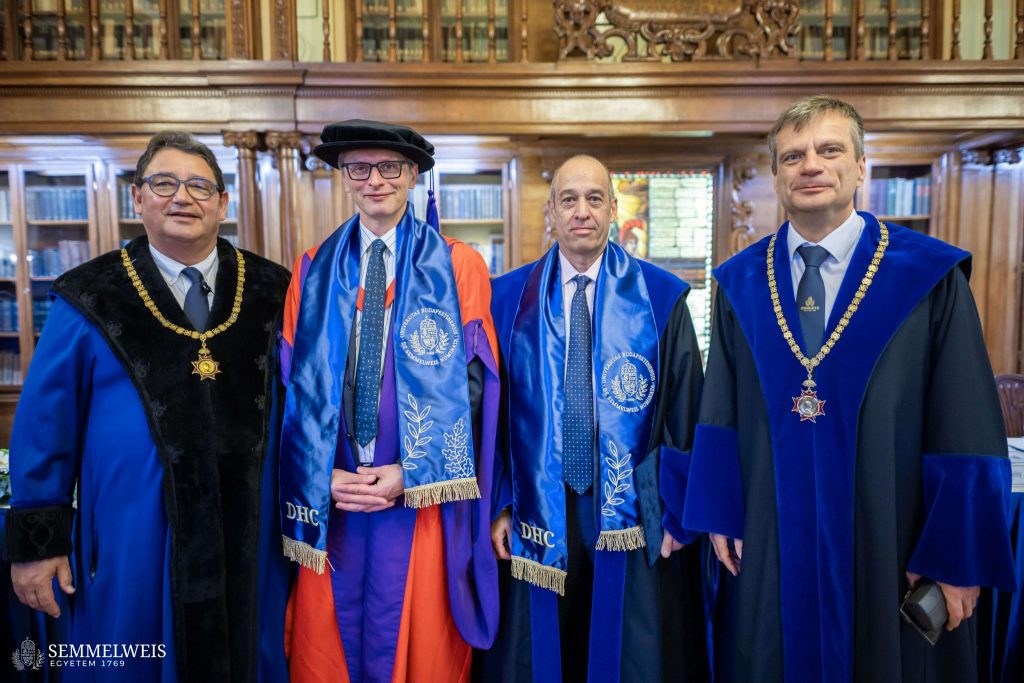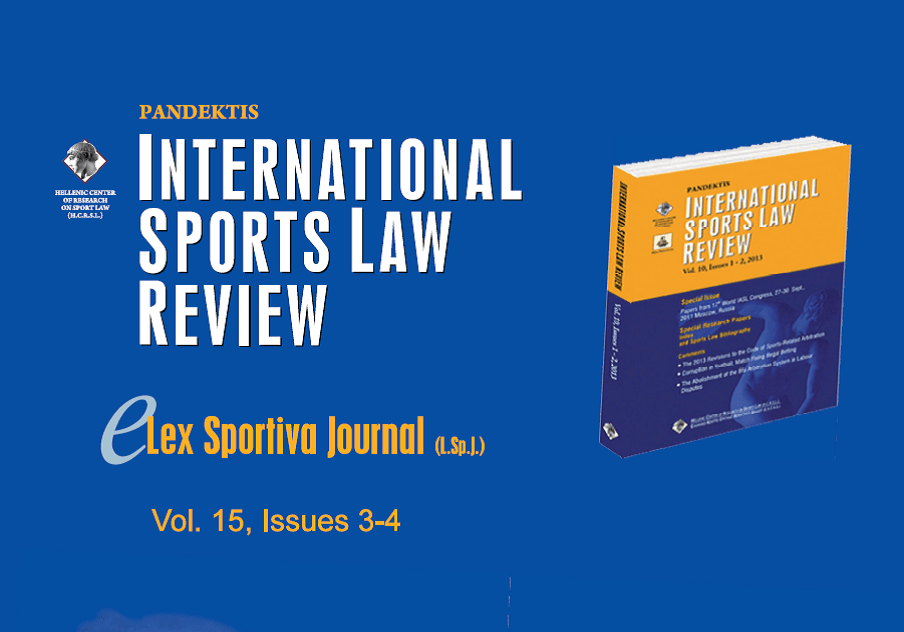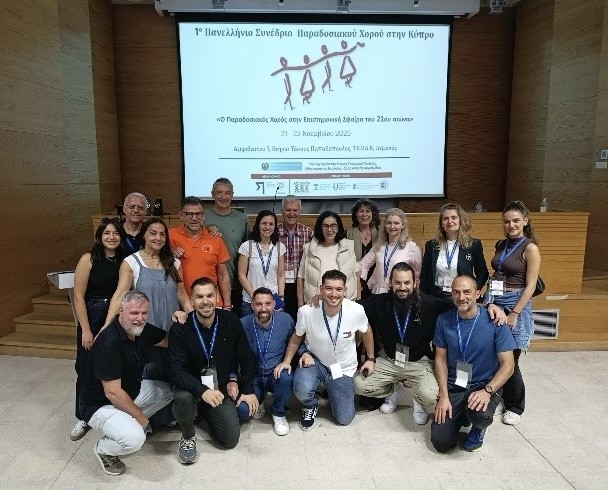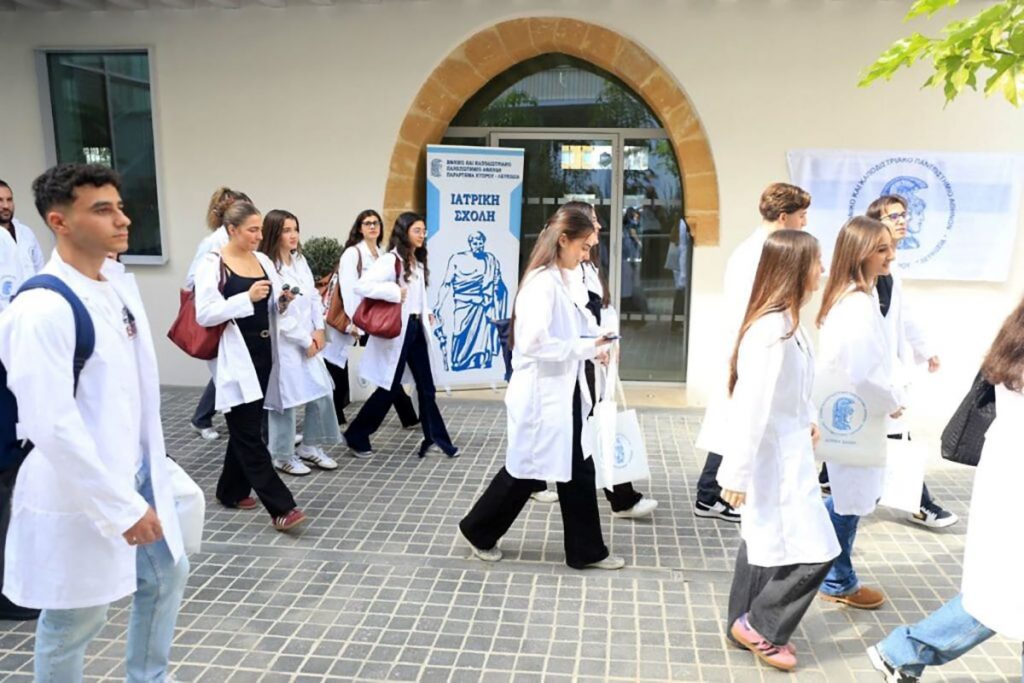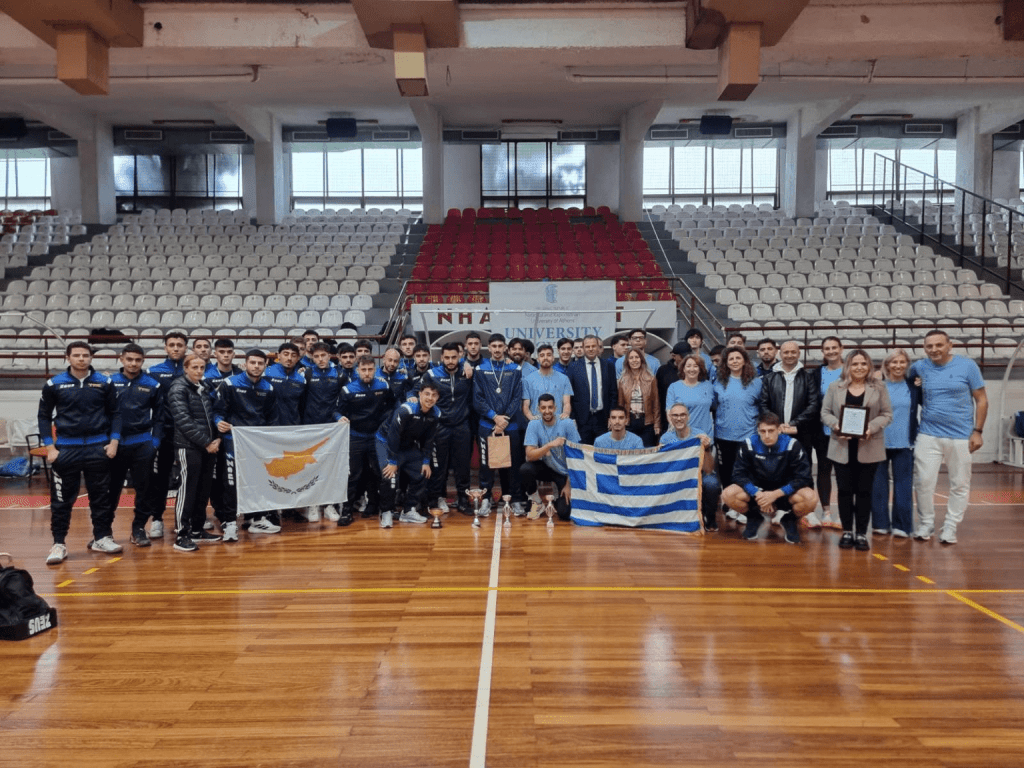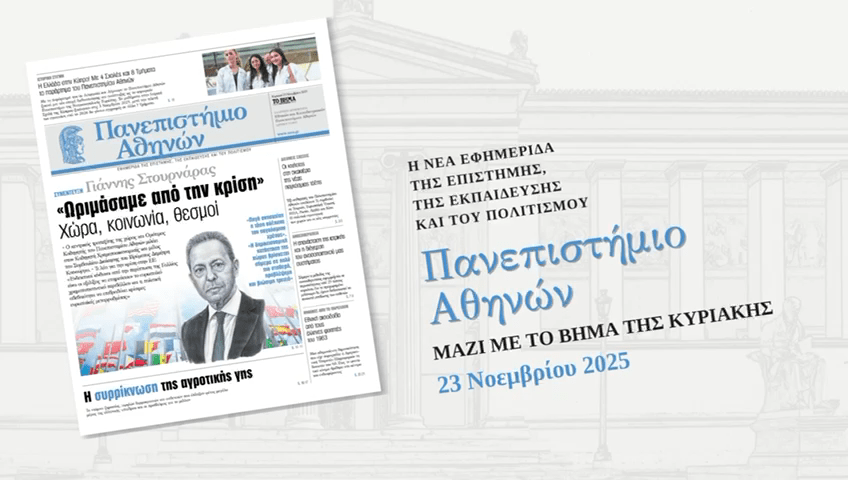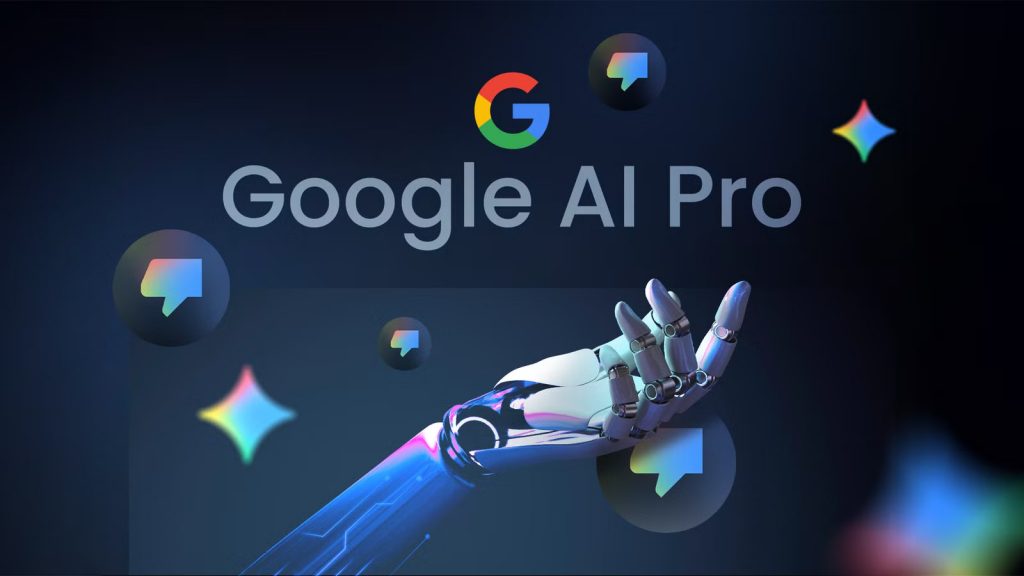Jennifer Aniston, Mohammad Ali, Richard Branson: These are just a few of many famous individuals with dyslexia. But were they also right-handed?
For nearly a century, psychologists have been exploring the intriguing connection between hand preference and dyslexia. Today, a groundbreaking study, authored by a multinational team of researchers from Universities in Greece, the Netherlands, Germany, and the UK, presents a comprehensive meta-analysis that delves deep into this century-old question.
The primary objective of the study was to determine whether individuals with dyslexia exhibit an increase in atypical hand preference, i.e. left-handedness, mixed-handedness, or non-right-handedness. To achieve this, the research team conducted an exhaustive systematic review of the literature, including studies featured in previous seminal meta-analyses, as well as a meticulous examination of new research identified through PubMed MEDLINE, PsycInfo, Google Scholar, and Web of Science up to August 2022. The 68 studies that were identified were then entered into three meta-analyses, totaling more than 45,000 individuals.
Notably, the mechanisms involved in dyslexia development seem linked to a reduction in asymmetry, rather than a complete reversal. In other words, dyslexia was found not to be robustly linked with left-handedness, but with mixed-handedness.
However, the category of mixed-hand preference was underdefined, lacking a consistent definition across studies. For example, some studies defined missed-handedness as ambidexterity, while others as inconsistent hand use. Therefore, the authors emphasize the need for further research to elucidate this ‘middle’ category between left-handedness and right-handedness as well as the subtleties of its connection to dyslexia.

The study could not assess differences in hand skill or the strength of hand preference due to the absence of relevant studies.
One of the leading authors of the study, Dr Marietta Papadatou-Pastou, Assistant Professor of Neuropsychology at the National and Kapodistrian University of Athens, said:
“We were fascinated to find out that it is mixed-handedness and not left-handedness that is most robustly linked to dyslexia. This link holds important implications for the ontogenesis and genetics of handedness. However, it is important to stress that the odds ratio of 1.57 that we found translates to a percentage of 11.23% individuals with dyslexia being mixed-handed, given that the corresponding percentage in the general population being 9.33%. Therefore, educators and parents should not be alerted by mixed-handedness in the context of dyslexia.”
For more information or to access the complete academic paper, please visit: https://www.sciencedirect.com/science/article/pii/S0149763423003895.
DOI: https://doi.org/10.1016/j.neubiorev.2023.105420
“Elevated levels of mixed-hand preference in dyslexia: Meta-analyses of 68 studies” is published in the Neuroscience and Biobehavioral Reviews





